"Too
many people spend money they haven't earned, to buy things they don't
want, to impress people they don't like." - Will Rogers
61 F. high temperature in the Twin Cities yesterday (as of 9 PM).
48 F. average high on November 4.
53 F. high on November 4, 2014.
November 5, 1941: Snowstorm hits southern Minnesota. Heaviest snow at Fairmont.
Puddle Potential - Minor Reality Check ComingYes,
my forecast is accurate - somewhere in North America. The reality:
weather forecasts are fairly close, most of the time. But there will be
occasions where we blow it, when elements conspire to keep us humble.
It's a steep learning curve, and you're never done learning.
Exhibit
A: yesterday's forecast. We thought we'd see 70F, but fog and stratus
persisted, keeping us 10 degrees cooler. Fog in November is rare, but
when it forms a sun angle as high in the sky as it was in early February
is unable to burn it away, resulting in a stubborn canopy of gray.
(Wednesday visible satellite loop above courtesy of WeatherTap).
Mea culpa.
We
get off to a mild start today - weather more typical of late September.
A rush of cooler air sparks showers today as temperatures tumble by
evening. Expect partial clearing
Friday
with a stiff breeze and 40s; typical weather for the 1st week of
November. 50s return early next week; above average once again. Models
spin up a potentially big storm over the Midwest late next week. The
brunt of any rain may stay south and east of Minnesota - a trend we may
see much of the winter.
A mild bias lingers the next 3 weeks. At this rate I doubt we'll have snow on the ground for Thanksgiving.
Mild Bias Continues.
Is this all El Nino? Possibly, but I suspect El Nino warmth is adding
to the additional warmth building in the oceans and atmosphere. Check
out how much of the Northern Hemisphere is forecast to be milder than
average, based on GFS guidance, by the middle of next week; as much as
15-20F warmer than normal from the Plains and Upper Midwest northward to
the Yukon. Map:
Climate Reanalyzer.
Diving Off a (Small) Temperature Cliff.
Mid-60s to 40F in the span of about 12 hours will whip up showers, even
a clap of thunder later today, and a stiff northwest wind tonight as
temperatures begin to tumble. That said, this is hardly an arctic cold
front. Not even close. Temperature plot: Aeris Enterprise Mobile.
Potential For Significant Rain Middle of Next Week?
The ECMWF (European) model keeps the bulk of the rain just south and
east of MSP, but it may be a close call. GFS guidance (above) prints out
nearly an inch of rain late Wednesday into Thursday of next week.
Confidence levels are low, it's still early.
10-Day Accumulated Snowfall.
NOAA's GFS model shows plowable amounts of snow from the Cascade Range
of Washington State into Idaho and the highest peaks of Colorado, a
swath of ligher amounts pushing across the High Plains next week - but
winter is slow to advance southward this year. Loop: AerisWeather.
A Very Persistent Ridge.
Although an omega block looks increasingly unlikely the tendency for
(all) models is to keep rebuilding the ridge over the central USA, with a
prevailing wind flow predominately from the Pacific, not northern
Canada. Yes, there's a good chance El Nino, the biggest since 1997-98,
is already flavoring the weather across the United States. Source:
GrADS:COLA/IGES.
Sweden: Solar Flare Causes Flight Delays. This is a new one; a story from
Business Standard News: "
A
solar flare briefly disabled radar at Sweden's largest airports today
causing significant flight delays, the Civil Aviation Authority (LFV)
said. "At 3:45 p.M. (2:45 p.M. GMT), solar storms had disrupted the
Earth's magnetic field, causing radar malfunctions here in Sweden," said
LFV spokesman Per Froberg. "We had to close the airspace," he added,
which delayed airplane departures and landings at several airports.
Traffic was delayed at Stockholm's two main aiports Arlanda and Bromma,
as well as at Malmo and Gothenburg. Air traffic control was restored
after about an hour..." (File photo: NASA).
Cyclone Chapala's Record Strike on Yemen Seen in Images.
WXshift has a recap of Chapala with some amazing tweets and meteorological imagery; here's an excerpt: "...
Cyclone Chapala is now in the books as the first hurricane on record
to hit the Arabian Peninsula country of Yemen. As forecasters feared,
the storm’s torrential rains are wreaking havoc on the arid landscape,
inundating coastal cities, destroying homes and leaving dozens missing,
according to news reports. The scale of the flooding and the unusual
path of the storm are put in stark relief in photos being spread across
news sites and social media. Satellites captured stunning images of the
storm nearing landfall as it entered the Gulf of Aden, something never
before recorded..."
Technology Exists That Can Stop a Hurricane.
I beg to differ - weaken a storm (slightly?) - perhaps. But I'm
skeptical there's any technology readily available that can "stop a
hurricane". Not yet. Here's an excerpt from
Tech Insider: "...
Luckily
researchers now believe there's a way to stop hurricanes. Pumping
billions of tons of a dense gas into the atmosphere could create a
"sunglasses effect," which they say would absorb some sunlight and cool
down warm ocean water, the engines of hurricanes — but with a huge
sacrifice. Right now the world is focused on Plan A: Cutting greenhouse gas emissions to get climate change under control. Some argue it's already too late to reverse runaway climate change by cutting emissions..."
File photo of Hurricane Felix: NASA.
New York Prepares For Up to 6 Feet of Sea Level Rise.
Interested in property near the ocean? Consider renting, not buying,
and make sure your insurance premiums are paid up. Here's an excerpt of a
post at
Climate Central: "...
New York State environment officials announced Friday that they’re creating new sea level rise
regulations that will help coastal communities build more resilient
homes and other buildings that will be better able to withstand storm
surges and other flooding made worse by rising seas driven by climate
change. The new regulations will require developers in New York City,
along Long Island and on the shores of the Hudson River to prepare for
sea levels that could rise between 15 and 75 inches by 2100. At the far
end of that scale, many of the areas hit hard by Hurricane Sandy — the
Rockaway Peninsula and the shores of Staten Island, for example — could
be underwater..."
Photo credit above: "
The flooded Battery Park Tunnel in New York City following Hurricane Sandy in October 2012." Credit: Timothy Krause/flickr.
Moon Over Boston.
Yes, with rising sea levels tidal flooding is possible - in fact it's
happening, even without any storms nearby. Here's an excerpt of a post
at Open Mind: " ...
That
answers the question. Yes, tide alone is sufficient to cause flooding
in Boston, even without storm surge or precipitation. It didn’t used to
be. In fact, it wasn’t this way until 2011. These data end with 2012,
but it has continued to be that way, and will continue to be so. In fact
it will get worse because sea level rise continues. It may get
especially worse for Boston, because at the moment, sea level rise there
is happening faster than the global average, by quite a bit..."
Debunking 5 Myths About Meteorologists. Dr. Marshall Shepherd has a good post at
Forbes; here's a clip: "...
With that working definition let’s debunk some myths.
1. Most meteorologists are NOT on TV:
Like engineering or teaching, there are different types of
meteorologists. Of the 14,000 or so members of AMS, less than 10% of
them are in the television world, according to Executive Director, Dr.
Keith Seitter. TV colleagues are the most accessible and obvious window
to the public but only a fraction of the meteorology and atmospheric
sciences community. For career options in meteorology, this website is a good start..." (File image: UCAR).
Inside the Core of "Patricia"; the Strongest Recorded Hurricane to Strike Mexico's West Coast. The (amazing) video and story is at
Capital Weather Gang; here's an excerpt: "...
What’s
it like to withstand the brunt of a ferocious and historic Category 5
hurricane? Josh Morgerman, an extreme storm chaser from Los Angeles,
intentionally positioned himself to intercept the landfall of Patricia,
which just hours prior attained the greatest intensity of any hurricane
ever measured by the National Hurricane Center. His footage of the storm
making landfall, complemented by his compelling first person narrative,
is absolutely riveting..."
IBM Is About To Change The Way We Forecast the Weather.
Will "Watson" put flesh and blood meteorologists out of work? Stay
tuned. Disruption, however necessary and inevitable, is never an easy
process. Here's an excerpt from
Huffington Post: "...
Translated:
IBM will tap into a huge network of weather data, digest it and provide
information to commercial clients. As for how that might affect you, a
spokesman for IBM explained to The Huffington Post that insurance
companies, for example, will be able to know more about incoming storms
and pass that information along to customers. Airlines will be able to
better understand weather conditions and, in theory, avoid delays while
wasting less fuel. In other words, there's a lot of potential here..."
File photo credit: The Washington Post by Andrew Spear.
These 13 States Saw Carbon Pollution Go Up Over a Decade.
CO2 emissions have gone down in Minnesota and Wisconsin, but that's not
the case in North Dakota and Nebraska. Here's an excerpt from a story
at
National Geographic: "
While
levels of the heat-trapping greenhouse gas went down in 37 states and
the District of Columbia between 2000 and 2013, they actually increased
in 13 states, according to figures recently released by the Energy Information Administration.
Nebraska saw the biggest rise: Carbon emissions jumped 28 percent,
mostly because of higher coal use for electricity and industry. Maine,
which gets three fifths of its power from renewable sources such as
hydropower and biomass, saw the biggest drop: 27 percent..."
Map credit above: NG STAFF. SOURCE: UNITED STATES ENERGY INFORMATION ADMINISTRATION
Blackouts
like those could become more common. Climate change will increase not
just the number of storms like Hurricane Sandy in the USA, but floods,
wildfires, heat waves and droughts. The U.S. Department of Energy
reinforced that expectation most recently in an October 2015 report. The
country's power supply – with more than 9,200 power plants and nearly
half a million kilometers of overhead lines – about a third of a million
miles – is already feeling the strain today.
Power plants in the
dry U.S. Southwest must often cut back generation because there is not
enough cooling water. Since 2011, California has been going through the
worst drought since meteorological measurements began.
Read more at:
http://phys.org/news/2015-11-grids-smart-weather-tomorrow-storms.html#jCp
2050 Weather Forecast Brought To Your Living Room.
A preview of what a typical TV weather report might look like 35 years
from now if carbon levels aren't curtailed? Here's a glimpse from Climate Home: "Vessels
crossing an ice-free Arctic sea. Balmy temperatures fit for a music
festival in Greenland. This is a likely weather report for the polar
region within 35 years if emissions continue unabated, the USA's
prominent Weather Channel illustrated on Monday. It responded to a
WMO-sponsored series of global forecasts to roll almost daily before a
UN climate change summit starts in Paris on 30 November. Broadcasters
from Sky News Arabia to Vietnam Television will present their local
visions of a world increasingly impacted by stronger storms and volatile
rainfall..."
Stressed, Tired, Rushed: A Portrait of the Modern Family.
Who among us hasn't harbored feelings of inadequacy? We try to do it
all, and some days, many days, it feels like we're treading water.
Here's an excerpt from a story at
The New York Times: "...
You
basically just always feel like you’re doing a horrible job at
everything,” Ms. Barnes said. “You’re not spending as much time with
your baby as you want, you’re not doing the job you want to be doing at
work, you’re not seeing your friends hardly ever.” That tension is
affecting American family life, Pew found. Fifty-six percent of all
working parents say the balancing act is difficult, and those who do are
more likely to say that parenting is tiring and stressful, and less
likely to find it always enjoyable and rewarding. For example, half of
those who said the work-family balance was not difficult said parenting
was enjoyable all the time, compared with 36 percent of those who said
balance was difficult..."
Photo credit above: "Jakub
Zielkiewicz, Aimee Barnes and their 15-month-old son, Roman, at their
home in Sacramento. “You basically just always feel like you’re doing a
horrible job at everything,” Ms. Barnes said." Credit Jim Wilson/The New York Times
Which City Has the Tastiest Water? We didn't make the Top 10, as best I can tell. Here's an excerpt from
Mental Floss: "...
This year’s winner was Hamilton, Ohio. The rest of the top five were as follows:
2nd: Emporia, Kansas
3rd: Clearbrook, Abbotsford, British Columbia, Canada
4th: Three way tie—
Montpelier, Ohio
Dickinson, North Dakota
Eldorado, Colorado
5th: Independence, Missouri
The
tastings are the main attraction, but the gathering also includes
seminars and discussions about public health and environmental issues
around water..." (Image credit: Jeanne Mozier).
Teens Spend a Mind-Boggling 9 Hours a Day Using Media.
It seems we're all addicted to the daily dopamine-drip of digital
information, some more than others, apparently. Here's a video and story
excerpt at
CNN: "...
On any given day, teens in the United States spend about nine hours using media for their enjoyment, according to the report by Common Sense Media, a
nonprofit focused on helping children, parents and educators navigate
the world of media and technology. Let's just put nine hours in context
for a second. That's more time than teens typically spend sleeping, and
more time than they spend with their parents and teachers. And the nine
hours does not include time spent using media at school or for their
homework..."
Still No Flying Cars? The Future of Transit Promises Something Even Better. Wait, better than a flying car? I like Uber, but it's a poor substitute for a flying car. Here's an excerpt from
The Guardian: "...
According to a recent study
from the UCLA’s Institute of Transportation Studies, vehicle travel has
declined among millennials – individuals born roughly between the early
1980s and early 2000s – compared to previous generations. According to
the study, those born in the 1990s are making 4% fewer car trips and
traveling 18% fewer miles per year, on average, than members of previous
generations did at the same stage in their lives. “What we’re seeing is
a tremendous willingness of the younger population to really adapt to
this, to use these car sharing models as a way of avoiding car
ownership,” Clelland said..."
Image credit above:
Terrafugia, which IS building a flying car. My faith in progress is renewed.
TODAY: Mild, showers developing by afternoon. Risk of a T-storm. Winds: S 15-25. High: 65 (falling late)
THURSDAY NIGHT: Lingering showers, cooling down. Low: 41
FRIDAY: More clouds than sun, brisk. Winds: NW 10-20. High: 47
SATURDAY: Partly sunny, feels like November. Winds: W 8-13. Wake-up: 34. High: 46
SUNDAY: Plenty of sunshine, milder breeze. Winds: S 10-20. Wake-up: 33. High: 57
MONDAY: Intervals of sun, warmer than average. Wake-up: 41. High: 58
TUESDAY: Clouds increase, still amazingly quiet. Wake-up: 42. High: 56
WEDNESDAY: Periods of rain possible. Wake-up: 43. High: near 50
Climate Stories...
How to Profit from Global Warming. It's
a threat, and it's an opportunity. As Sir Richard Branson famously
said: it's the greatest wealth-generating opportunity the world has ever
seen - coming up with the new energy sources, resilient infrastructure,
water technologies and storm-proof agricultural practices that will
propel the USA into a new orbit; innovations we will develop and export
to the rest of the world. Here's an excerpt from
CNN Money: "
Here's
a dirty little secret: companies that are cleaning up their carbon act
are also cleaning up in the stock market. There are lots of ideological
reasons to invest in companies committed to being a part of the solution
to climate change. But there's also a greedy reason. Companies that
have been the best at improving their carbon efficiency since 2012 have
dramatically outperformed the ones that have been the worst at it,
according to a new report published on Wednesday by the world's largest
asset manager BlackRock (BLK).
The report analyzed the stock market performance of the more than 1,850
companies that have entered into the Carbon Disclosure Project..."
As Scientists Worry About a Warming World, U.S. Public Doesn't. Until the symptoms start hitting home with greater frequency and ferocity, then they'll pay attention. Here's an excerpt from
AP: "
Americans
are hot but not too bothered by global warming. Most Americans know the
climate is changing, but they say they are just not that worried about
it, according to a new poll by The Associated Press-NORC Center for
Public Affairs Research. And that is keeping the American public from
demanding and getting the changes that are necessary to prevent global
warming from reaching a crisis, according to climate and social
scientists. As top-level international negotiations to try to limit
greenhouse gas emissions start later this month in Paris, the AP-NORC
poll taken in mid-October shows about two out of three Americans accept
global warming and the vast majority of those say human activities are
at least part of the cause..."
Image credit: NASA.
When Did ExxonMobil Know About Fossil Fuels and Global Warming? Here's a clip from a story at
Christian Science Monitor: "...
While
publicly discrediting climate science, engineers at the company were
quietly incorporating climate-change predictions into their business
models, suggesting a “gap between Exxon Mobil’s public position and its internal planning
on the issue of climate change,” according to the Times. After several
internal studies during the 1980s suggested “climate implications of increased CO2 emissions”
would impact the company’s fossil-fuel development, ExxonMobil
conducted climate research alongside university and government
scientists. "We knew they spent tens of millions spreading doubt and
confusion. We knew that part," Mr. Pooley told the Monitor. "What we
didn't know was that climate scientists had been briefing executives on
the reality of climate change for years..."
File image credit above: "
A view of the Exxon Mobil refinery in Baytown, Texas in this file photo from September 15, 2008.
" Jessica Rinaldi/Reuters.
A Missing Report on ExxonMobil and Climate Change. Why wasn't NPR more aggressive in their coverage? Here's an article focusing on the decision - or lapse - from NPR: "...Edith Chapin, NPR's executive editor, told me by email that she believes NPR dropped the ball.
While
it was not a major headline story, I think it meets the interesting
test and thus NPR should have reported on it in some fashion on at least
one of our outlets/platforms. Exxon Mobil is the world's largest
publicly traded multinational oil and gas company and the debate and
research decades ago is interesting in light of contemporary knowledge
and action on climate change. Daily conversations at our editorial hub
typically cross a range of subjects and stories from across the globe.
It is unfortunate that this topic didn't come up there or in any
conversation or email that I was a part of. It should have been flagged
by someone so we could have discussed it and made an intentional
decision to cover or not and if so, how.
My take: The story was on the radar of at least some in the newsroom, but it seems to have fallen through the cracks..."
Climate Change and Creation Care.
World religions have been at the forefront of moral awareness and
climate change is no different. Leith Anderson, National Association of
Evangelicals (NAE) president recently said “We need to move past
debating and focus on the poorest of the poor who are neither scientists
nor politicians but are the most affected by how we care for God’s
creation.”
Would you like to explore where your faith
intersections with weather and climate change? On Saturday, November 7th
at 9a in Prior Lake, Shepherd of the Lake Lutheran Church is hosting a
Creation Care event that will examine the intersection of faith, climate
change and weather. The event is free. Childcare is provided for those
that RSVP. Presenters include faith leaders from the Lutheran,
Methodist, MCC and Catholic church, Dr. John Abraham (climate scientist
from the University of St. Thomas) and me. RSVP at:
http://www.sollc.org/creationcare.
Apple, Google Microsoft Among Best Companies Protecting Climate.
Bloomberg Business has the story; here's an excerpt: "...
The
three U.S. technology giants, worth a combined $1.6 trillion, are among
the 113 corporations awarded an ‘A’ grade for their efforts to reduce
heat-trapping emissions, according to the report Wednesday
from the U.K. nonprofit CDP. That list was whittled down from a larger
pool of 1,997 companies around the world that submitted data to the
group formerly known as the Carbon Disclosure Project..."
If This Part of Antarctica Collapses, Sea Levels Could Rise 10 Feet. VICE News has the story - here's a clip that got my full attention: "...
The
researchers wanted to know whether or not if that thin layer of ice
became unstable, would the problem remain contained to that area of the
continent or would it trigger broader — more ominous — instability
throughout West Antarctica. "We find it's not confined at all,"
Levermann said. "The entire marine part of the West Antarctic ice sheet
[in our model] is destabilized, is discharging into the ocean, which
means three meters of sea level rise."
'You lose Miami almost immediately.'
The wild card in the model, Levermann conceded, is the timing of these events..."
Photo credit above: Dean Lewins/EPA.
What Economists Don't Get About Climate Change.
Bloomberg View has the Op-Ed; here's a clip: "..
.It's
good to see economists trying to acknowledge uncertainty, but they need
to be bolder. Problems like climate change are far too complex to lend
themselves to optimal solutions. In fact, psychologists widely agree
that individuals facing complex problems generally make better decisions
using simple heuristics or rules of thumb, rather than falsely precise
calculations. That's the wise strategy in situations where one can't
even list all the possible alternatives and consequences, let alone
their probabilities..." (NASA image).
China Burns More Coal Than Reported, Complicating Climate Talks. Here's an update from
The New York Times: "
China,
the world’s leading emitter of greenhouse gases from coal, is burning
far more annually than previously thought, according to new government
data. The finding could vastly complicate the already difficult efforts
to limit global warming.
Even for a country of China’s size and opacity, the scale of the
correction is immense. China has been consuming as much as 17 percent
more coal each year than reported, according to the new government
figures. By some initial estimates, that could translate to almost a
billion more tons of carbon dioxide released into the atmosphere
annually in recent years, more than all of Germany emits from fossil
fuels..."
Meltdown: The Skiing Industry and Climate Change. Denver Magazine takes a look at the trends; here's a clip at
5280.com: "...
This
is our new reality: On average, ski seasons are shorter and storms more
difficult to predict. Fourteen of the warmest years on record have come
in the past 15 years. And 2015 is on pace to be hotter still. Colorado
has warmed by two degrees Fahrenheit over the past 30 years, and
according to a 2014 report by the University of Colorado Boulder’s
Cooperative Institute for Research in Environmental Sciences, climate
models show temperatures could increase another two to six degrees by
2050. Artificial snowmaking has helped the ski industry—and also
provided a false promise, because snowmaking only works when it’s cold..." (File image credit
here).
Is Antarctica Gaining or Losing Ice?
God is in the details, and in this case the details are somewhat
confusing and conflicting, but worth a closer look. Here's an excerpt
from
Carbon Brief: "...
The findings of the new NASA study are “at least somewhat at odds with multiple lines of other evidence,” says Prof Richard Alley from Penn State University, who wasn’t involved in the research. He points to another recent paper
– which some of the authors of the new study also contributed to – as
the current scientific consensus on ice loss from Antarctica. That paper
found changes between 1992 and 2011 of +14bn, -65bn and -20bn tonnes of
ice per year on East Antarctica, West Antarctica, and the Antarctic
Peninsula, respectively. Prof Jonathan Bamber, a professor at the University of Bristol
whose work focuses on satellite monitoring of the ice sheets, says
there are potential pitfalls in combining radar and laser satellite data
for the two different time periods, as the NASA study does..."
Scientists Confirm Their Fears About West Antarctica - That It's Inherently Unstable. Here's an excerpt of a Chris Mooney update at
The Washington Post: "..
.In a new study published
Monday in the Proceedings of the National Academy of Sciences, Johannes
Feldmann and Anders Levermann of the Potsdam Institute for Climate
Impact Research use a sophisticated climate model to study what will
happen if these glaciers are, indeed, fully destabilized. And in
essence, they find that the process of retreat doesn’t end with the
region currently up against the ocean. “We showed that there is actually
nothing that stops it,” said Levermann. “There are troughs and channels
and all this stuff, there’s a lot of topography that actually has the
potential to slow down or stop the instability, but it doesn’t...”
Photo credit above: "
An edge of the Thwaites Ice Shelf." (Jim Yungel/NASA).
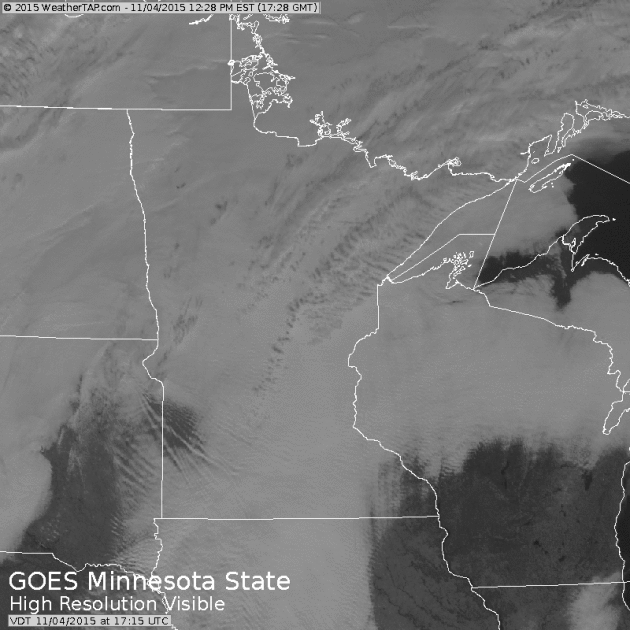
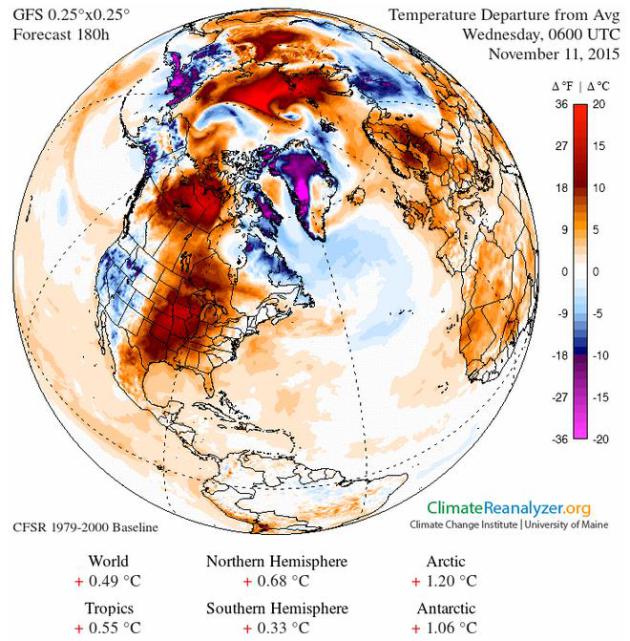
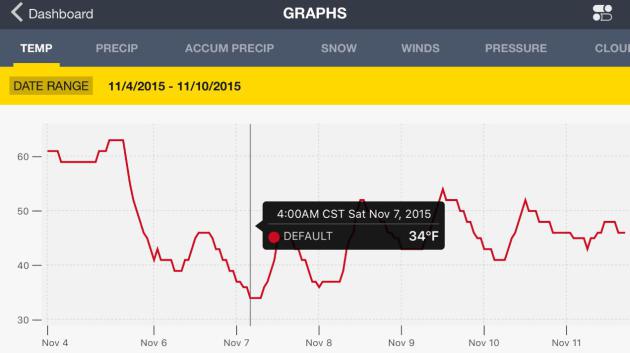
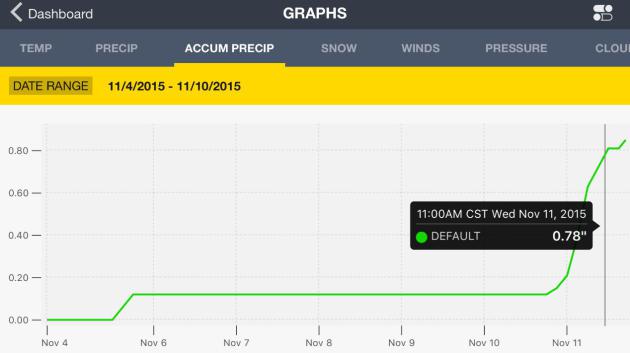
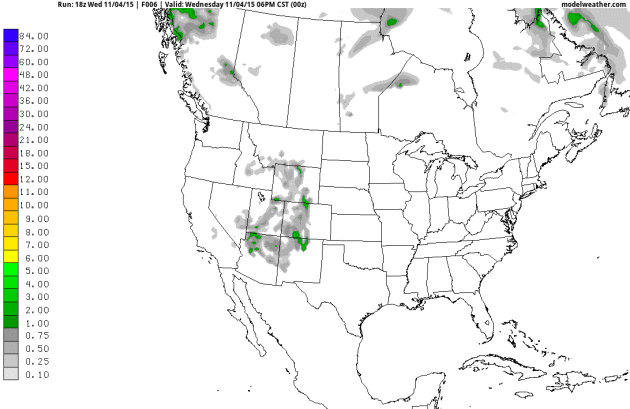
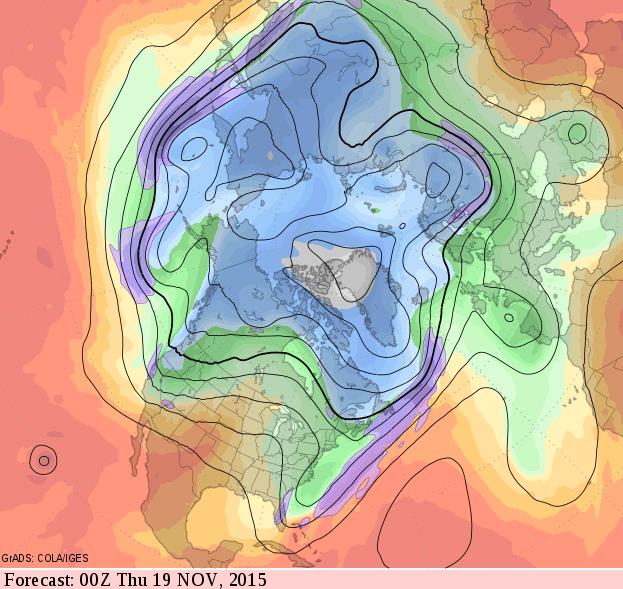
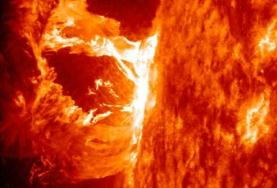

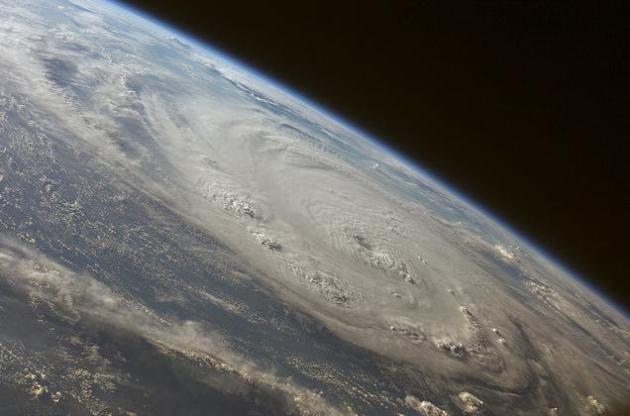
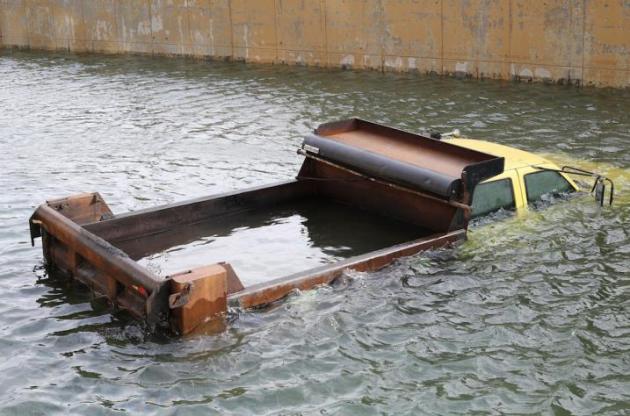
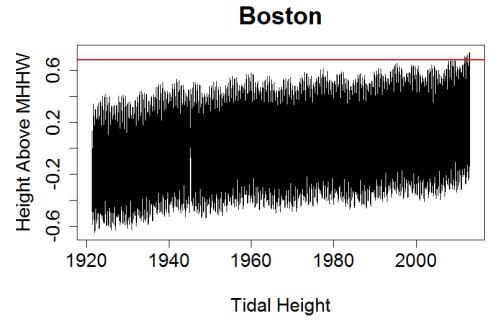
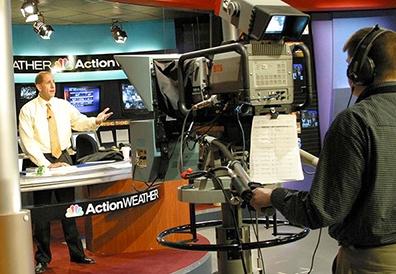
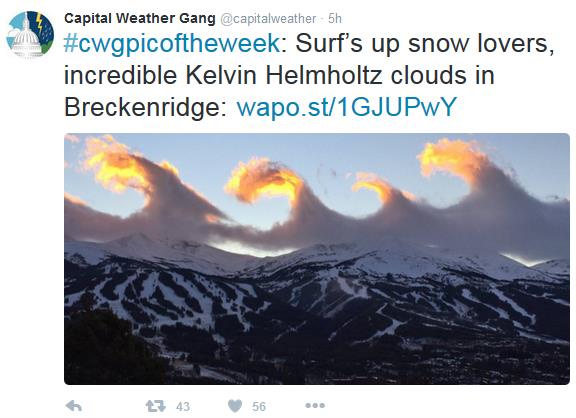


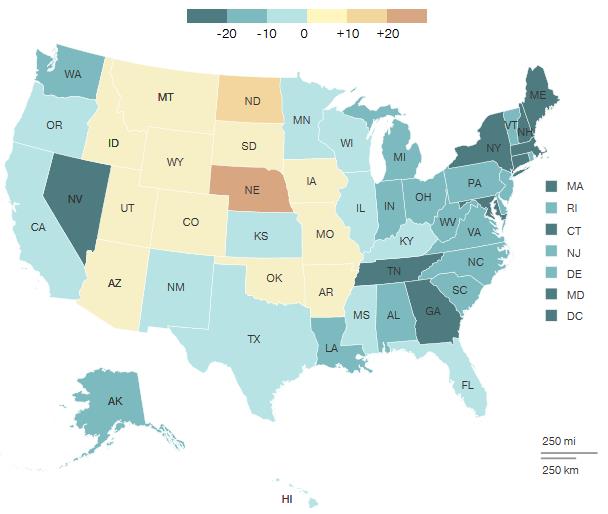
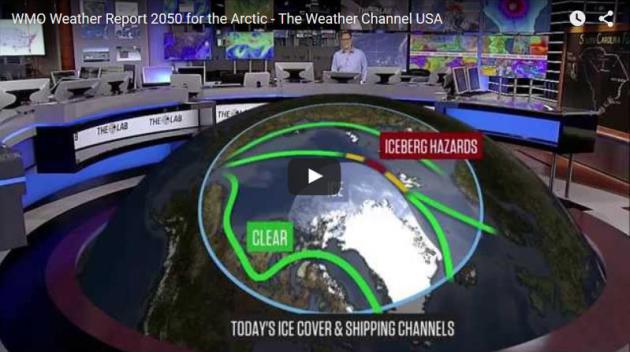

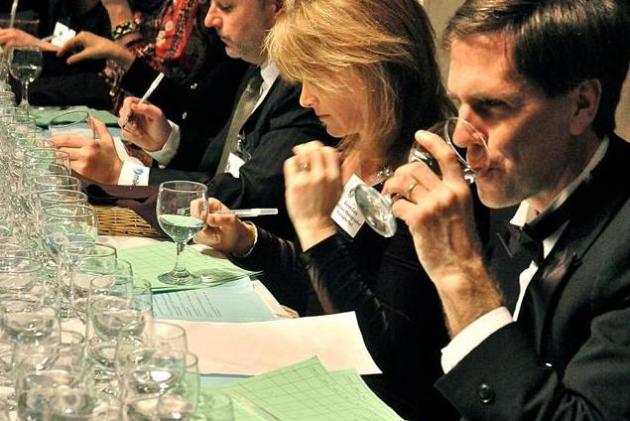


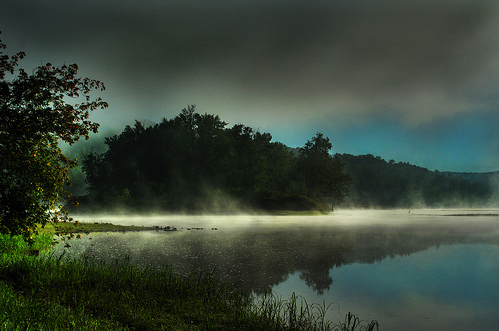
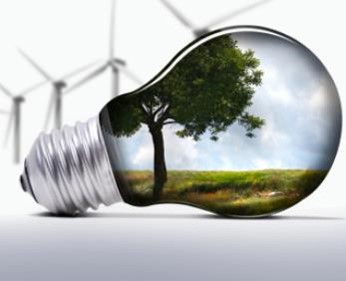
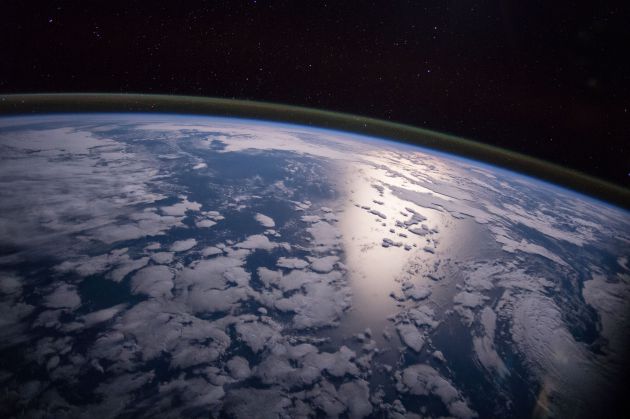
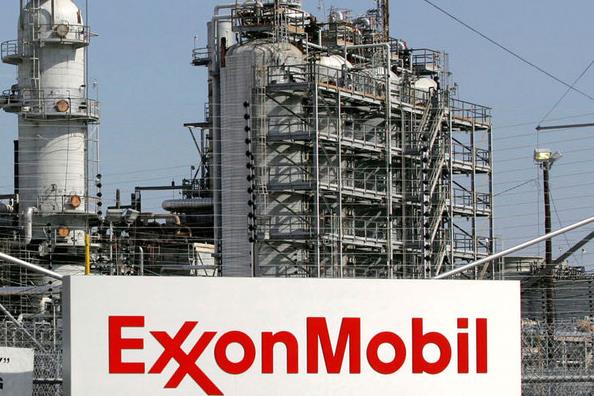


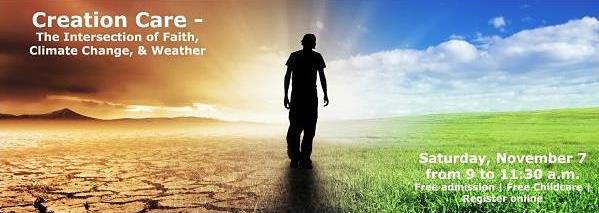

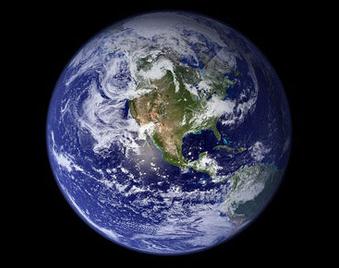
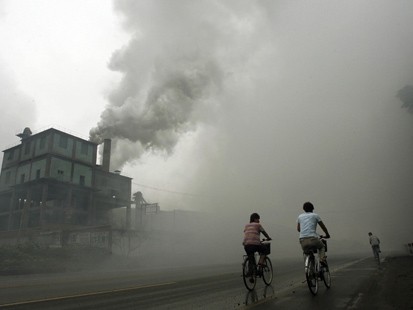
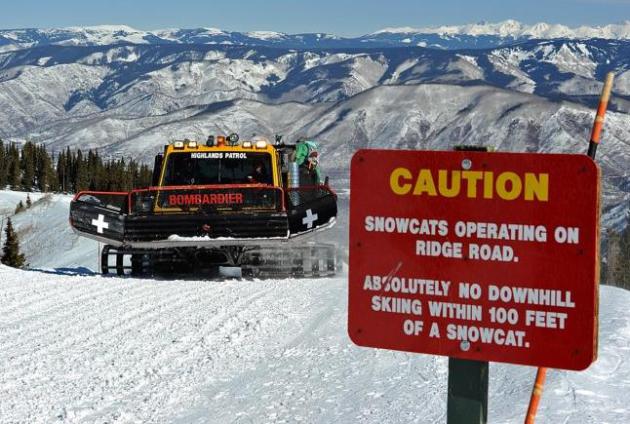

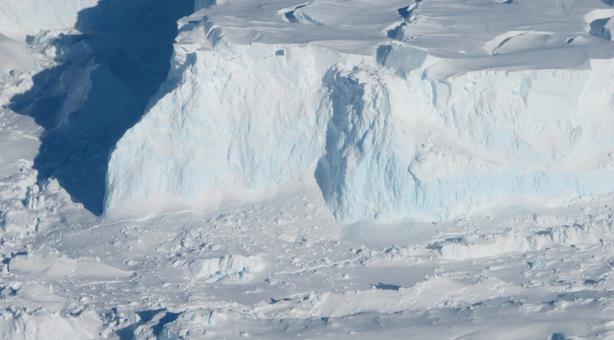
No comments:
Post a Comment